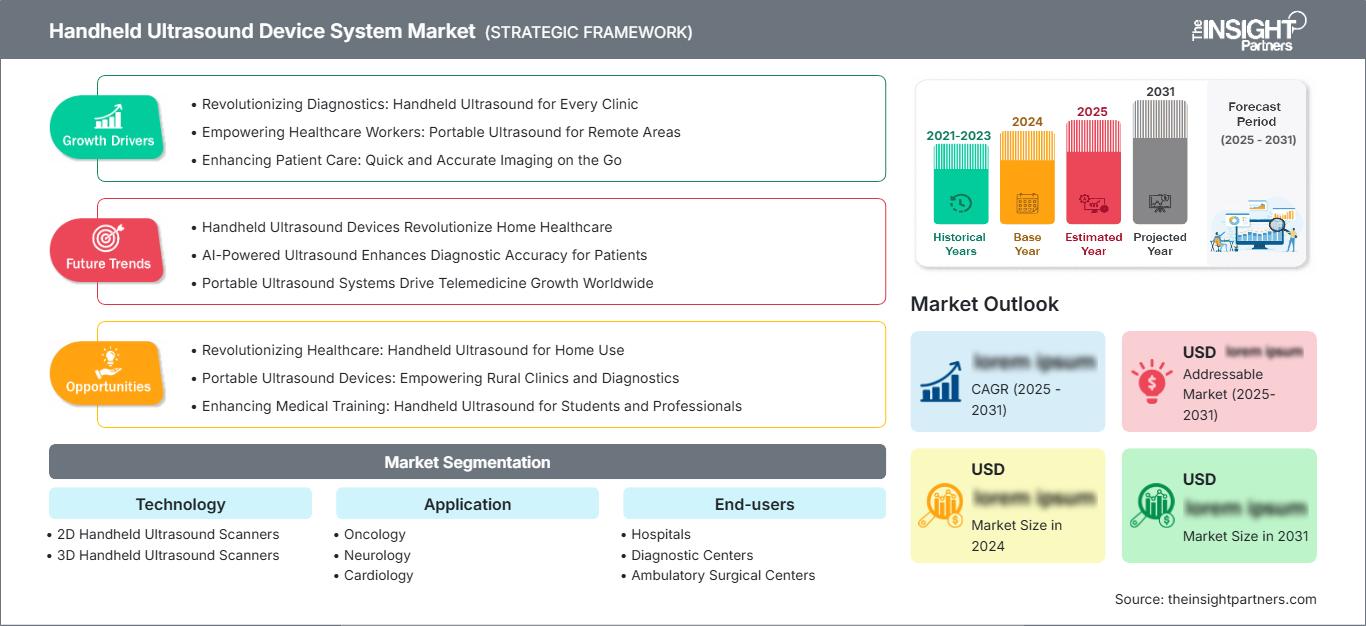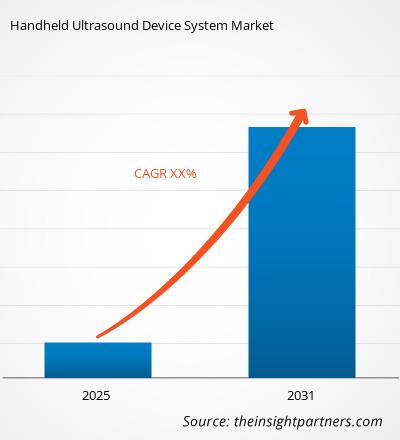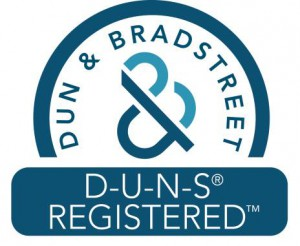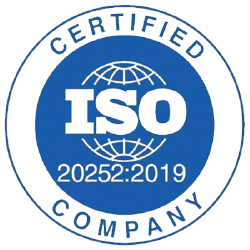预计2026年至2034年,手持式超声设备系统市场将保持持续增长,其估值预计将从2025年的基准水平开始增长,并在预测期结束前持续扩张。这一趋势反映了受不断变化的行业需求和持续的技术进步驱动的良好市场前景。
该报告按技术(二维手持式超声扫描仪、三维手持式超声扫描仪)进行分类,并进一步按应用(肿瘤科、神经科、心脏科)分析市场。报告还按最终用户(医院、诊断中心、门诊手术中心)对市场进行了分析。报告对每个关键细分市场在全球、区域和国家层面进行了全面细分。报告包含所有细分市场的市场规模和预测,并以美元计价。
报告还提供了主要参与者当前市场状况的关键统计数据,以及对当前市场趋势和新兴机遇的洞察。报告目的
Insight Partners 发布的《手持式超声设备系统市场报告》旨在描述当前市场格局和未来增长、主要驱动因素、挑战和机遇。这将为各类商业利益相关者提供洞察,例如:
- 技术提供商/制造商:了解不断变化的市场动态和潜在增长机会,从而做出明智的战略决策。
- 投资者:对市场增长率、市场财务预测以及整个价值链中存在的机遇进行全面的趋势分析。
- 监管机构:规范市场政策和监管市场活动,以最大限度地减少滥用行为,维护投资者信任和信心,并维护市场的完整性和稳定性。
手持式超声设备系统市场细分技术
- 二维手持式超声扫描仪
- 三维手持式超声扫描仪
应用
- 肿瘤科
- 神经科
- 心脏科
终端用户
- 医院
- 诊断中心
- 门诊手术中心
您将免费获得任何报告的定制,包括本报告的部分内容,或国家级分析、Excel 数据包,以及为初创企业和大学提供超值优惠和折扣
手持式超声设备系统市场: 战略洞察

-
获取本报告的主要市场趋势。这个免费样本将包括数据分析,从市场趋势到估计和预测。
手持式超声设备系统市场增长驱动因素
- 革新诊断:手持式超声助力诊所发展
- 赋能医护人员:便携式超声助力偏远地区医疗发展
- 提升患者护理:随时随地快速精准成像
手持式超声设备系统市场未来趋势
- 手持式超声设备革新家庭医疗保健
- 人工智能超声提升患者诊断准确性
- 便携式超声系统推动全球远程医疗发展
手持式超声设备系统市场机遇
- 革新医疗保健:家用手持式超声
- 便携式超声设备:赋能乡村诊所和诊断
- 提升医学培训:面向学生和专业人士的手持式超声设备
手持式超声设备系统市场
The Insight Partners 的分析师对预测期内手持式超声设备系统市场的区域趋势和影响因素进行了详尽的阐述。本节还讨论了北美、欧洲、亚太、中东和非洲以及南美和中美洲等地区的心脏节律疾病管理市场细分和地域分布。
手持式超声设备系统市场报告范围
| 报告属性 | 细节 |
|---|---|
| 市场规模 2025 | US$ XX Million |
| 市场规模 2034 | US$ XX Million |
| 全球复合年增长率 (2026 - 2034) | XX% |
| 历史数据 | 2021-2024 |
| 预测期 | 2026-2034 |
| 涵盖的领域 |
By 技术
|
| 覆盖地区和国家 |
北美
|
| 市场领导者和主要公司简介 |
|
手持式超声设备系统市场参与者密度:了解其对业务动态的影响
手持式超声设备系统市场正快速增长,这主要得益于终端用户需求的不断增长,而终端用户需求的增长又源于消费者偏好的转变、技术的进步以及对产品优势认知的提高。随着需求的增长,企业正在拓展产品线、不断创新以满足消费者需求,并把握新兴趋势,这些都进一步推动了市场增长。

- 获取 手持式超声设备系统市场 主要参与者概述
主要卖点
- 全面覆盖:本报告全面分析了手持式超声设备系统市场的产品、服务、类型和最终用户,提供了一个完整的市场概览。
- 专家分析:本报告基于行业专家和分析师的深入理解而编制。
- 最新信息:本报告涵盖了最新的信息和数据趋势,确保了其商业价值。
- 定制选项:本报告可根据客户的具体需求进行定制,并能恰当地契合其业务战略。
因此,这份关于手持式超声设备系统市场的研究报告可以帮助您深入了解和解读行业现状及增长前景。尽管可能存在一些合理的担忧,但本报告的总体优势远大于劣势。
- 历史分析(2 年)、基准年、预测(7 年)及复合年增长率
- PEST和SWOT分析
- 市场规模、价值/数量 - 全球、区域、国家
- 行业和竞争格局
- Excel 数据集
近期报告
客户评价
购买理由
- 明智的决策
- 了解市场动态
- 竞争分析
- 客户洞察
- 市场预测
- 风险规避
- 战略规划
- 投资论证
- 识别新兴市场
- 优化营销策略
- 提升运营效率
- 顺应监管趋势






















 获取免费样品 - 手持式超声设备系统市场
获取免费样品 - 手持式超声设备系统市场